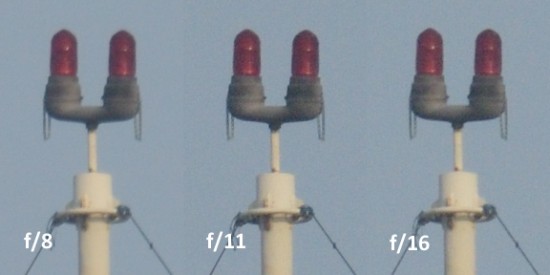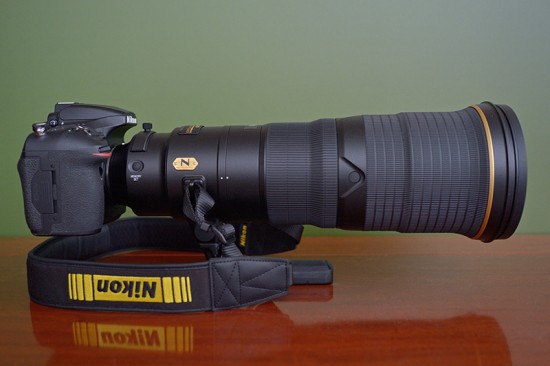
This Nikon 500mm f/4E FL ED VR lens review is by Con Foley:
In March 2013 Nikon started shipping the AF-S 80-400VR lens, and I quickly got a copy and did a brief review.
I got the 80-400VR because it allowed me to do some wildlife photography I couldn’t do before, handheld and more spontaneous than tripod mounted photography. And it has really been an excellent lens, sharp & durable. I have really given it a workout, with around half of all the wildlife photos over the past two years taken on this lens. The other half on my staple tripod mounted 600VR.
And then in July 2015, Nikon started shipping the new AF-S Nikkor 500mm f/4E FL ED VR; and again I quickly picked up an early unit.
While the 80-400VR has been a great tool it’s a bit short for many small birds. With the 500 f/4E and a TC-14EIII, I can be at either 500 f/4 or 700mm f/5.6 in a hand holdable weight. In the dim light of the rain forest were I often photograph wildlife, having the option to get to f/4 was important for me and made slower f/5.6 optics less appealing. Others looking at the new lightweight Nikon series might choose the 400mm f/2.8E or 600mm f/4E, but for me the 500E was the right combination of focal length and weight!
Besides the friendly weight, the 500E is very well balanced. The G lens with all ED glass are very front heavy. And the 500E sports the latest refinement of Nikon VR technology, on paper up to 4 stops of improvement. And small details like putting VR on/off on a switch rather than the cumbersome rotating collar is a welcome step.
Just two minor niggles. I wish they had a three stage focus limiter with one choice being minimum focus distance to 6 meters. There are definitely times you are working with close subjects and you don’t want the lens to rack out to infinity. And I wish for the good old days of the lens focus mode switch being simply M, M/A, A rather the new fangled M, M/A, A/M. There are times you are on a bean bag, and you simply don’t want any movement while on the bean bag to affect focus, so you would rather be in pure Autofocus Mode with no manual override. Both of these features used to exist on Nikon superteles.
Okay, so much for various features, how does it work! First I put it through it’s paces with LensAlign and the bare lens, and with the TC-14EIII and with two camera bodies. I was astonished, it needed no AF Fine Tune for any combination! This is my first Nikon telephoto lens that has not required any AF Fine Tune! Nikon quality control is to be congratulated!
Next up a simple test I always have done on any new telephoto lens. I take a series of test shots of an aircraft warning light tower, atop a hotel which is 675 meters from my apartment window. My rational being if it isn’t sharp at a distance, it’s not going to be sharp close. I always take these shots in the early morning with the relatively soft light at this time of day and no heat turbulence yet. All shots from a tripod, mirror lock up, high shutter speed, cable release and now with the D810 electronic front-curtain shutter. Neutral picture control, all defaults. No post processing, all 100% crops.
Over the years I have tested two 200-400 f/4 VRI, three 300 f/2.8 VRI, 600mm f/4D, 600mm f/4G, 80-400mm G, and now the 500 f/4E. It’s really only a test for centre sharpness, and fairly subjective at that, but I have some comparative experience. The only result I’ve published before is for the 80-400mm G. So you’ll either have to take my word for it, or rush out and buy your own copy of Imatest (USD420), or wait for the big websites to publish test results such as DXO, DPReview, and so on. Even then test scores will be debated, and it takes a long time for a lens to develop a reputation, but eventually a consensus forms, and I expect the 500 f/4E will fully merit it’s gold ring.
First the 500 f/4E bare lens:

Next the 500 f/4E with the TC-14E III:
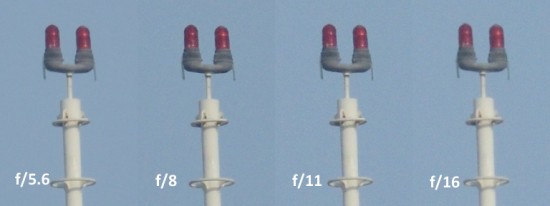
And lastly the 500 f/4E with the TC-20E III:
Note I didn’t test with the TC-17E, not my favorite TC. For me all the photos in the series look good, slightly sharper one stop closed down from wide open and with some diffraction softening as expected by f/16.
Now for some real world photos, always more important than test shots. All photos taken handheld which was the main idea in purchasing this lens. The new VR unit really delivers excellent results. Even with a TC14 I can get a very high rate of keepers at 1/125s, 1/160s and higher shutter speeds. But below 1/100s the keeper rate falls off, of course at these shutter speeds subject motion is a major factor. Without a TC the keeper rate improves as expected with a shorter focal length. Brief tech specs, either TC or no TC and shutter speed are given in the samples gallery. Note that my target environment is the rainforest, so I’m really interested out of necessity how the lens performs wide open.
Nikkor 500 f/4E sample images:
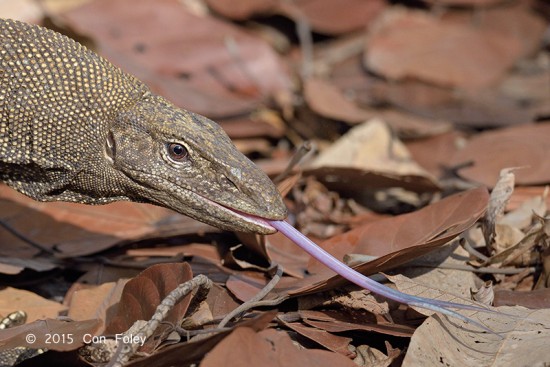

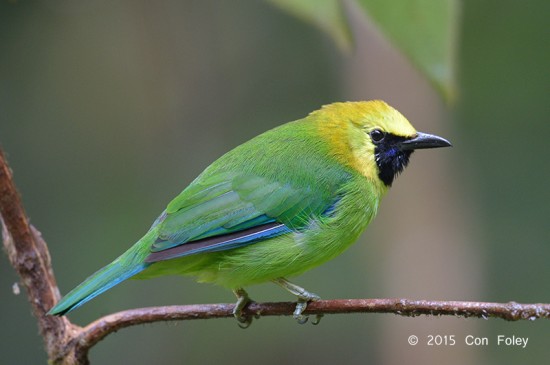

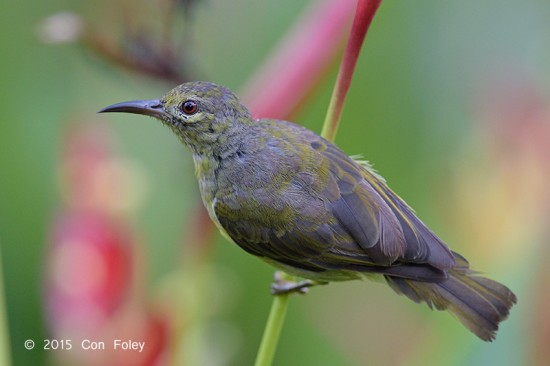
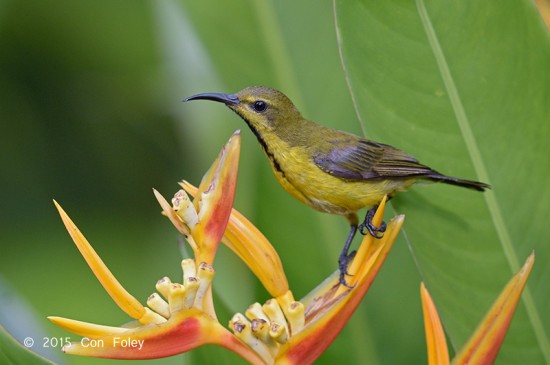
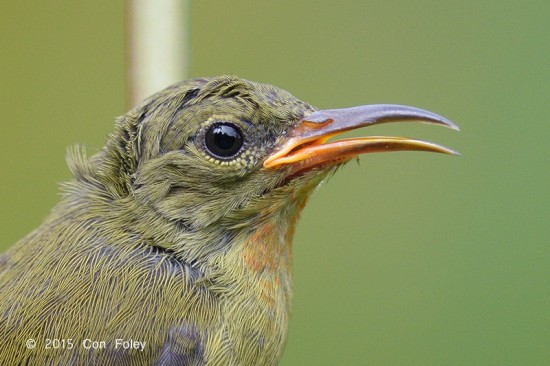
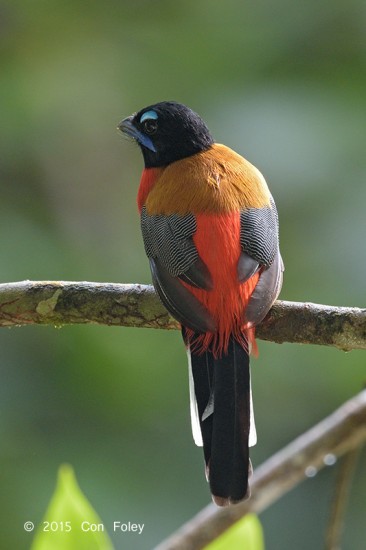
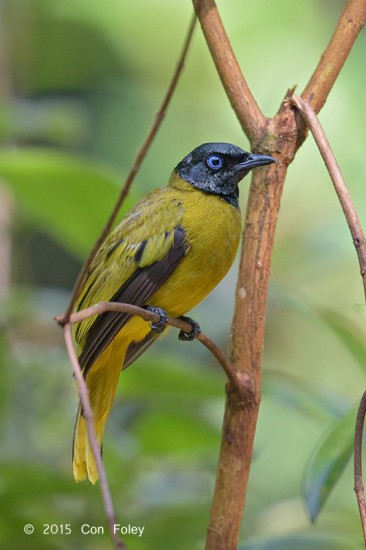
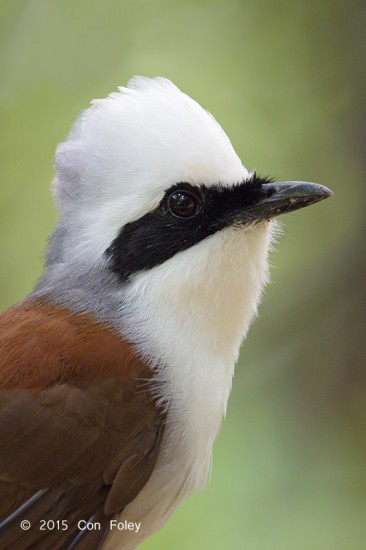
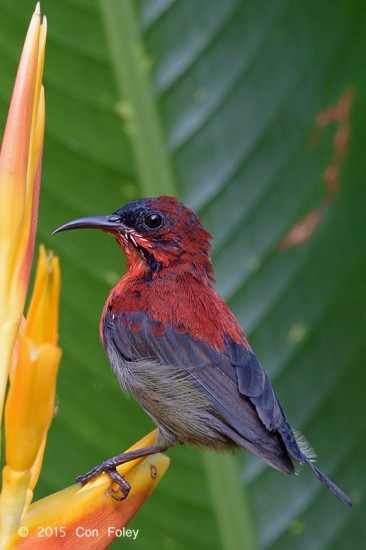
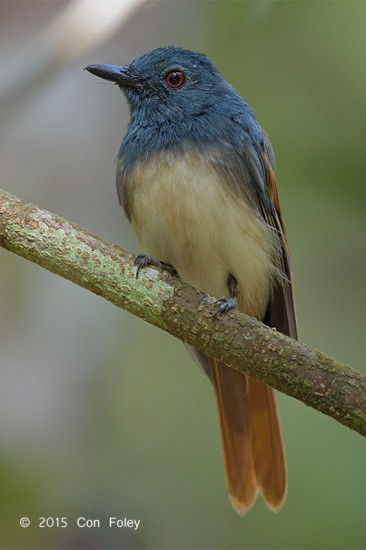
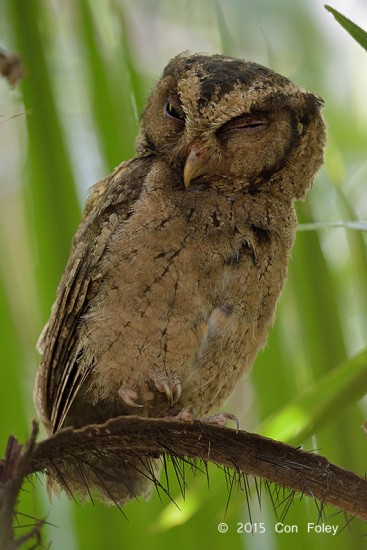
This review first originated here and is published with permission. If you have an interesting idea for a guest post, you can contact me here.
